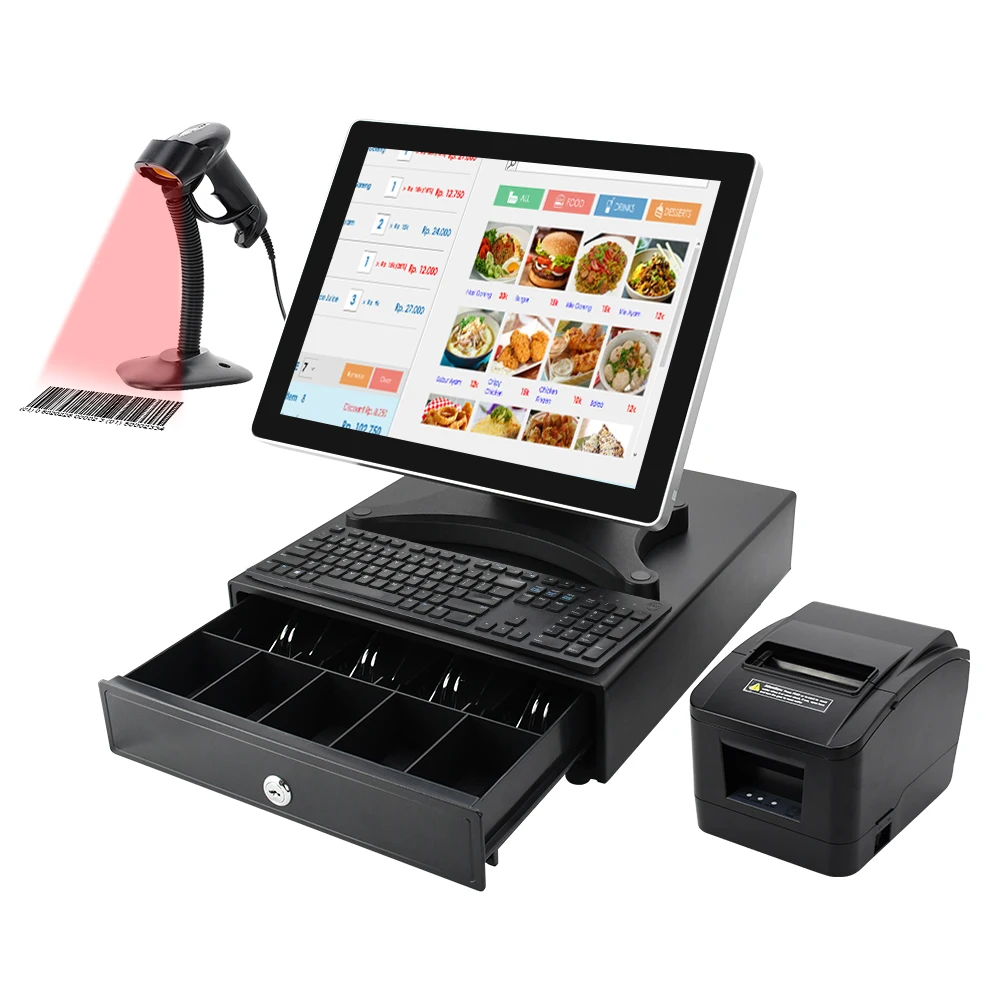Which is better—cloud or local? Restaurant POS Software options explained
How POS System Functions: A Comprehensive Overview for Service Owners

Recognizing the Parts of a POS System

How Sales Deals Are Processed
When a consumer chooses to buy, the sales transaction initiates a collection of systematic actions within the POS system. Initially, the cashier inputs the items being acquired, which are scanned with a barcode viewers or by hand entered. This action retrieves product details, including prices and relevant taxes, from the system's database.Next, the customer is provided with the complete quantity due. The POS system after that refines the settlement, whether via cash, bank card, or mobile settlement approaches (Restaurant POS Software). For digital settlements, the POS firmly connects with payment processors to authorize and verify the transaction.Once the settlement is confirmed, the system produces an invoice, which can be printed or sent out digitally. This invoice functions as proof of purchase for the customer. The deal data is recorded in the system, making certain precise sales records and financial tracking for the organization.
Inventory Administration and Tracking

Efficient stock monitoring and tracking are vital components of a POS system, as they assure that services maintain ideal supply levels and lessen discrepancies. A durable POS system permits real-time inventory updates, mirroring sales and returns immediately. This makes it possible for entrepreneur to check supply levels accurately, making certain that preferred items are conveniently available while stopping overstocking of less preferred products.Additionally, progressed POS systems provide attributes such as automated supply signals and reorder tips, improving the purchase process. Barcoding and RFID modern technology improve precision in tracking stock activity, lowering human error. Considerable reporting devices provide understandings into supply turnover prices, helping services make informed choices regarding buying and product offerings. Inevitably, effective inventory monitoring via a POS system not just boosts functional performance but likewise boosts consumer complete satisfaction by making sure item schedule.
Evaluating Client Data and Insights
Customer data analysis acts as an effective tool for services making use of a POS system (Restaurant POS Software). By checking out and accumulating deal data, companies can uncover valuable insights concerning consumer actions and choices. This evaluation enables them to determine buying trends, peak buying times, and popular items, therefore educating supply choices and advertising strategies.Additionally, services can segment their consumer base, permitting customized marketing initiatives that provide to specific demographics or purchasing habits. Understanding customer commitment patterns likewise assists in developing targeted rewards and promos programs.The information gleaned from a POS system can also disclose insights right into client comments, allowing services to make educated decisions regarding item offerings and solution improvements. Ultimately, leveraging customer information successfully can improve the general purchasing experience, foster client fulfillment, and drive revenue development
Benefits of Executing a POS System

Frequently Asked Inquiries
What Kinds Of Businesses Can Take Advantage Of a POS System?
Different organizations take advantage of a POS system, including retailers, restaurants, salons, and shopping platforms. These systems improve purchases, supply administration, and consumer information, boosting functional efficiency and boosting customer experience throughout diverse sectors.
Just how much Does a POS System Commonly Expense?
The cost of a POS system commonly ranges from a couple of hundred to a number of thousand bucks, depending on functions, equipment, and software. Organizations should consider continuous costs for assistance, upkeep, and deal handling when budgeting.
Can I Integrate a POS System With Existing Software Application?
Incorporating a POS system with existing software is frequently possible. Lots of systems use APIs or integrated compatibility functions, permitting companies to improve operations and enhance functionality by linking various software application applications properly.
What Training Is Needed for Personnel to Make Use Of a POS System?
Educating for staff to use a POS system normally consists of understanding software application performances, processing transactions, taking care of stock, and dealing with consumer communications. Practical demonstrations and hands-on practice sessions boost efficiency and confidence being used the system efficiently.
What Takes place if the Internet Goes Down While Utilizing a POS System?
Deals may be interrupted if the internet goes down throughout POS system usage. Numerous systems offer offline abilities, enabling fundamental operations to proceed, yet full performance, consisting of real-time inventory updates, will be limited. A Factor of Sale (POS) system is from this source composed of numerous key components that work together to assist in purchases and manage service operations. Effective supply management and tracking are essential elements of a POS system, as they guarantee that organizations maintain excellent supply degrees and lessen inconsistencies. Client information evaluation serves as an effective device for companies using a POS system. Understanding customer commitment patterns also assists in developing targeted promos and rewards programs.The information obtained from a POS system can also expose insights right into customer feedback, making it possible for services to make enlightened decisions pertaining to item offerings and service renovations. Executing a POS system supplies various advantages that can significantly enhance business operations.